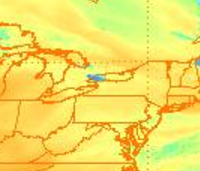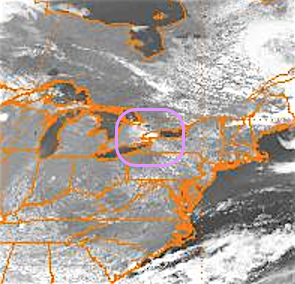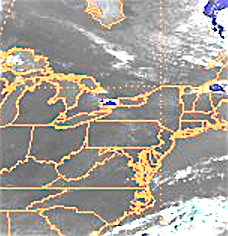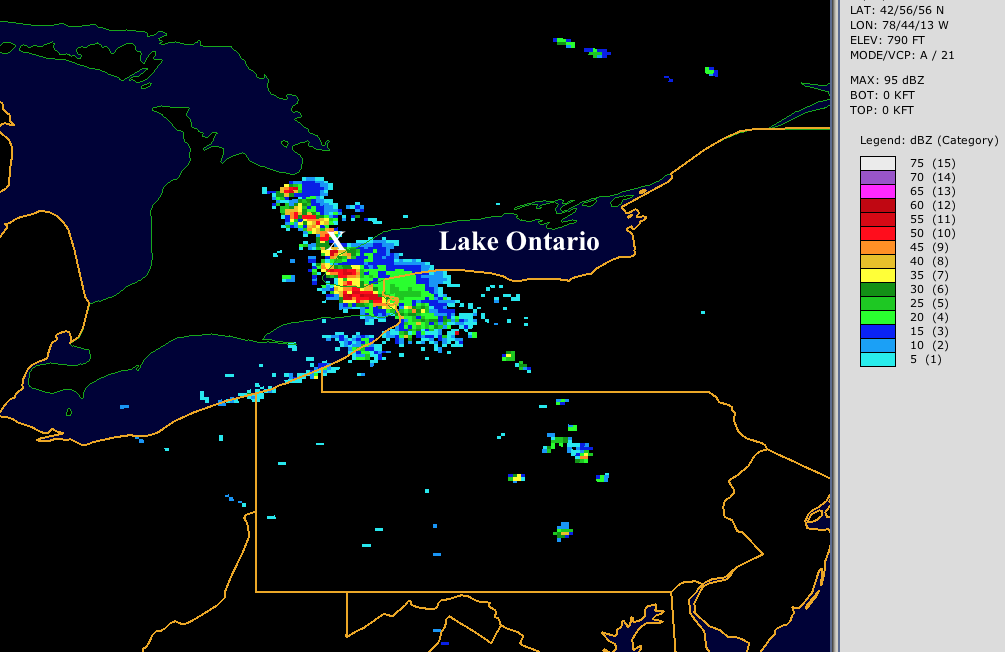



| Image credit for all the satellite images: Images retrieved in May 2017 from the US National Climatic Data Cente at https://www.ncdc.noaa.gov/gibbs/html. Knapp, K. R., 2008: Scientific data stewardship of International Satellite Cloud Climatology Project B1 global geostationary observations. Journal of Applied Remote Sensing, 2, 023548, doi:10.1117/1.3043461 |

| Radar image courtesy of US National Centers for Environmental Information (NCEI): https://www.ncdc.noaa.gov/ |